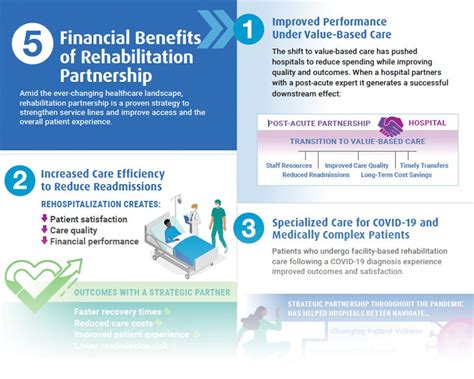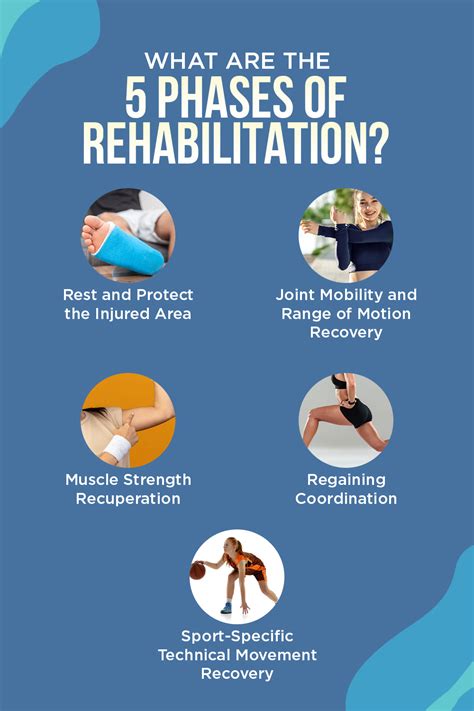Intro
Learn about broken hip surgery recovery, including rehabilitation, physical therapy, and pain management, to ensure a smooth and successful healing process after hip fracture surgery or hip replacement.
Recovering from a broken hip surgery can be a challenging and lengthy process, but with the right approach, patients can regain their strength, mobility, and independence. A broken hip, also known as a hip fracture, is a serious injury that requires prompt medical attention and proper treatment. The road to recovery can be long, but with a comprehensive understanding of the process, patients can better navigate the journey and achieve a successful outcome.
The importance of proper recovery from broken hip surgery cannot be overstated. A well-planned and executed rehabilitation program can help patients regain their mobility, reduce the risk of complications, and improve their overall quality of life. Moreover, a successful recovery can also reduce the risk of future hip fractures, which can have a significant impact on a patient's health and well-being. In this article, we will delve into the world of broken hip surgery recovery, exploring the various aspects of the process, including the benefits, working mechanisms, steps, and key information that patients need to know.
As patients embark on their recovery journey, it is essential to understand the different types of hip fractures and the corresponding treatment options. A hip fracture can occur in various locations, including the femoral neck, intertrochanteric region, and subtrochanteric region. The type and severity of the fracture will determine the best course of treatment, which may include surgery, medication, and physical therapy. By understanding the different types of hip fractures and treatment options, patients can better navigate the recovery process and make informed decisions about their care.
Understanding the Recovery Process

Immediate Post-Operative Period
The immediate post-operative period is a critical phase of the recovery process. During this time, patients will receive pain management and wound care, and will be closely monitored for any complications. The goal of this phase is to ensure that the patient is comfortable and stable, and to prevent any potential complications. Patients will typically be prescribed pain medication and will be encouraged to move around as soon as possible to prevent blood clots and promote healing.Acute Rehabilitation Phase
The acute rehabilitation phase typically begins within a few days of surgery and can last for several weeks. During this phase, patients will work with a physical therapist to regain mobility and strength. The goal of this phase is to help patients regain their functional abilities, such as walking, dressing, and bathing. Patients will typically participate in a range of exercises, including stretching, strengthening, and balance training.Benefits of Rehabilitation

Improved Mobility
Improved mobility is one of the primary benefits of rehabilitation after broken hip surgery. By participating in a range of exercises and activities, patients can regain their strength, flexibility, and range of motion. This can help patients to perform daily activities, such as walking, dressing, and bathing, with greater ease and independence.Reduced Pain
Rehabilitation can also help to reduce pain and discomfort after broken hip surgery. By strengthening the muscles and improving mobility, patients can reduce the stress and strain on the hip joint, which can help to alleviate pain and discomfort. Additionally, rehabilitation can help patients to develop coping strategies and techniques to manage pain and discomfort.Working Mechanisms of Rehabilitation

Exercises and Activities
Exercises and activities are a critical component of rehabilitation after broken hip surgery. These may include stretching, strengthening, balance training, and gait training, as well as activities such as walking, dressing, and bathing. The goal of these exercises and activities is to promote healing, improve mobility, and enhance functional abilities.Assistive Devices
Assistive devices, such as walkers and canes, can be used to promote mobility and reduce the risk of falls. These devices can provide additional support and stability, helping patients to perform daily activities with greater ease and confidence.Steps to a Successful Recovery

Preparing for Surgery
Preparing for surgery is an essential step in the recovery process. This may involve stopping certain medications, avoiding heavy lifting and bending, and arranging for assistance at home. By preparing for surgery, patients can reduce the risk of complications and promote a smooth recovery.Participating in Rehabilitation
Participating in rehabilitation is a critical component of the recovery process. This may involve working with a physical therapist, participating in exercises and activities, and using assistive devices. By participating in rehabilitation, patients can promote healing, improve mobility, and enhance functional abilities.Key Information for Patients

Healthy Lifestyle
Following a healthy lifestyle is essential for promoting healing and improving mobility after broken hip surgery. This may involve eating a balanced diet, staying hydrated, and avoiding tobacco and excessive alcohol consumption.Pain Management
Managing pain and discomfort is a critical component of the recovery process. This may involve using pain medication, participating in relaxation techniques, and using assistive devices.Fall Prevention
Preventing falls is essential for reducing the risk of complications and promoting a successful recovery. This may involve using assistive devices, removing tripping hazards, and improving lighting.As patients continue on their recovery journey, it is essential to stay informed and engaged. By understanding the benefits, working mechanisms, steps, and key information related to broken hip surgery recovery, patients can promote healing, improve mobility, and enhance functional abilities. We encourage readers to comment, share this article, or take specific actions to improve their understanding of broken hip surgery recovery.
What are the most common complications of broken hip surgery?
+The most common complications of broken hip surgery include infection, blood clots, and pneumonia. Additionally, patients may experience complications such as pressure sores, constipation, and confusion.
How long does it take to recover from broken hip surgery?
+The length of time it takes to recover from broken hip surgery can vary depending on the individual and the severity of the injury. Generally, patients can expect to spend several weeks or months in rehabilitation, with some patients requiring ongoing therapy and support for several years.
What are the best exercises for recovering from broken hip surgery?
+The best exercises for recovering from broken hip surgery will depend on the individual and the severity of the injury. Generally, patients will participate in a range of exercises, including stretching, strengthening, balance training, and gait training. It is essential to work with a physical therapist to develop a personalized exercise program.
How can I prevent falls during the recovery process?
+Preventing falls during the recovery process is essential for reducing the risk of complications and promoting a successful recovery. This can be achieved by using assistive devices, removing tripping hazards, and improving lighting. Additionally, patients should be careful when getting in and out of bed, using the bathroom, and walking.
What are the most important things to keep in mind during the recovery process?
+During the recovery process, it is essential to keep in mind the importance of following a healthy lifestyle, managing pain and discomfort, and preventing falls. Patients should also stay informed and engaged, asking questions and seeking support when needed.
